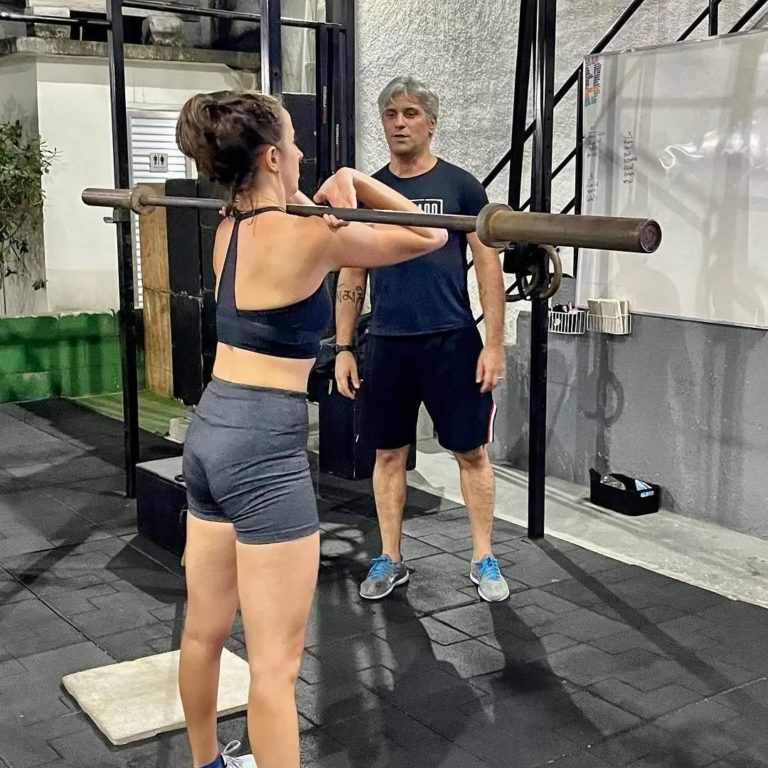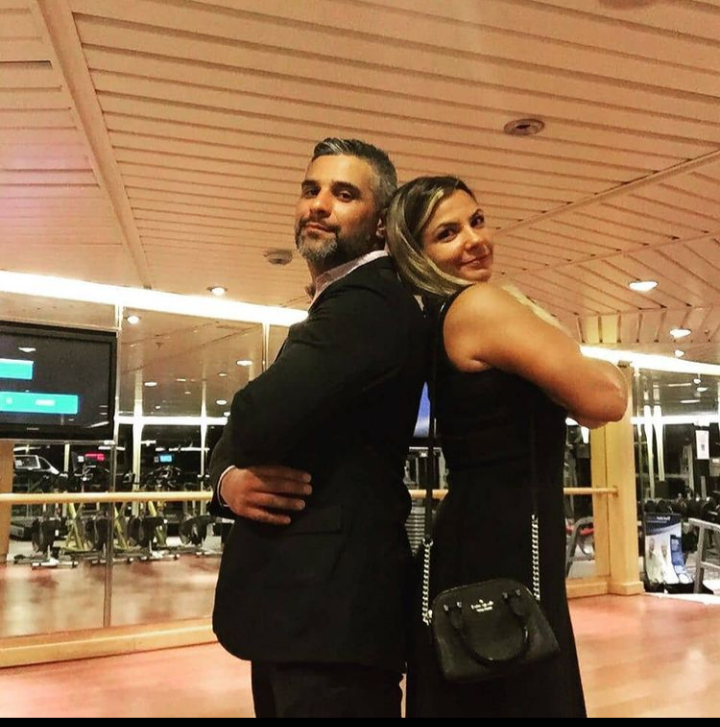Introduction to Hip Joint Anatomy
The hip joint is a spheroid-type (ball and socket) synovial joint in which the head of the femur articulates with the acetabulum of the hip. As it is a ball-and-socket joint, it is multiaxial, that is, it allows a wide range of movements: flexion, extension, abduction, adduction, internal rotation, external rotation, and circumduction. These movements allow us to walk, sit, squat, run, etc.
What is Femoroacetabular Impingement (FAI)?
The hip joint is formed by the head of the femur and the acetabulum. Femoroacetabular impingement (FAI) is a condition in which this joint does not fit well due to a change in the shape of either the head of the femur, the acetabulum, or both.
Types of FAI
FAI can be of three types:
- CAM Type: When the deformity is the result of excess bone in the head of the femur
- PINCER Type: When it occurs in the acetabulum
- MIXED Type: When there is an association of both types of mechanisms
Signs and Symptoms
 Hip pain, even if minimal, observed in some movements such as squats, may indicate that the athlete has FAI. Additionally, athletes may have difficulty performing other movements, such as sitting or crossing their legs. Pain on the side of the thigh may also be present. Another common symptom is the great difficulty stretching the region, with tendonitis in the anterior thigh region.
Hip pain, even if minimal, observed in some movements such as squats, may indicate that the athlete has FAI. Additionally, athletes may have difficulty performing other movements, such as sitting or crossing their legs. Pain on the side of the thigh may also be present. Another common symptom is the great difficulty stretching the region, with tendonitis in the anterior thigh region.
It’s important to note that the pain does not usually “disappear,” and in the case of femoroacetabular impingement syndrome, time tends to make the condition much worse. Therefore, the greatest weapon for improving the athlete’s condition is searching for a correct diagnosis, adequate treatment, and rehabilitation.
Prevalence and Development
The first symptoms may be present in very young athletes, and it is not known precisely how many people have FAI. However, it is estimated that around 15% of the population presents some type of change in the hip anatomy that could characterize FAI. In cases where athletes with FAI present pain and functional limitation, the term Femoroacetabular Impingement Syndrome (FAIS) is adopted.
At a Doctor’s Office
Diagnosis Process
Some clinical tests make up the first part of the diagnosis and check the presence or absence of characteristic symptoms, as well as a physical examination where an impact test will be carried out to check whether there is friction between the affected structures (femur and acetabulum) and range of motion. It is worth noting that, although some athletes have negative results in pain and friction tests, they may have this change in the hip. In these cases, more tests and additional exams are necessary, such as imaging exams, which will help confirm the diagnosis.
Treatment Approaches
Once the diagnosis is confirmed, treatment begins. Treatment aims to relieve pain, improve hip function, and, in some cases, prevent progression. It can be conventional (nonsurgical) or surgical. The treatment choice will depend on each case, the symptoms, severity, and joint involvement. In the case of conservative treatment, we can:
- Adjust activity: Reduce or modify activities that exacerbate pain, such as hip flexion, adduction, and rotation. This can be done by reducing exercise volume and modifying range of motion.
- Do physiotherapy (PT): Specific exercises to strengthen the muscles around the hip, such as the glutes and abductors, and stretches for the hip flexors and adductors are great additions to regular workouts.
Surgical Options
In cases of surgical indication, today’s surgical process can be minimally invasive, and surgery can represent, together with rehabilitation, a gain in amplitude and improvement in the patient’s quality of life.
In the Gym – Practical Applications for Coaches and Athletes
Recognizing Hip Pain in Training
If an athlete complains of hip pain near the groin during training, especially during exercises such as squats (especially with weights) or lunges, one possible cause could be femoroacetabular impingement. This can cause discomfort and aggravate the problem, leading to a possible risk of injury that could keep the athlete out of training.
General Assessment as a Coach
While most coaches are not also doctors or physical therapists, you can still do a general assessment with your athletes. If an athlete continues to note the pain in their hips, you could assess for:
- Flexion issues (e.g., squat, supine knee to chest, etc.).
- Hip extension issues (e.g., prone heel to butt test, couch stretch or Bulgarian split squat, back leg lift, etc.)
- Internal/external rotation issues (e.g., dynamic 90/90 stretch, banded leg internal rotation, banded leg external rotation)
Corrective Exercises and Modifications for Athletes with FAI
Based on your assessment, there are various ways you can minimize the risk of pain and/or the occurrence of injury for your athletes during workouts. You can have the athlete:
- Reduce the amplitude of their squat to decrease the hip flexion angle
- Adopt a wider base of the feet or position the feet to be more abducted
- Adjust exercises like free or loaded squats, lunges, and high box step-ups
Although we know movements have performance and standardization points, adjusting them is perfectly acceptable, as you seek to meet one of the essential training principles: biological individuality.
In addition to the above adjustments, you can include auxiliary exercises in your programming during warm-ups and cool-downs.
- Warm-up: activation of the glutes and adductors, such as bridge and clamshell, and reciprocal inhibition of the adductors, such as stretching them and using a foam roller on these muscles.
- Cool-down: decompression of the femur joint using elastic bands.
Coaching Philosophy
As coaches, our role is to ensure the health of our athletes, and how they move is extremely important. No exercise is contraindicated for a person, but some people are contraindicated for a particular exercise. Evaluate each case separately, respect the anatomical individuality of each person, find the best way for that person to move, and above all, take care of people.
Remember: Looking for strategies to maintain body movement is always better than stopping movement.
Have a question for a coach? Please submit that here.
